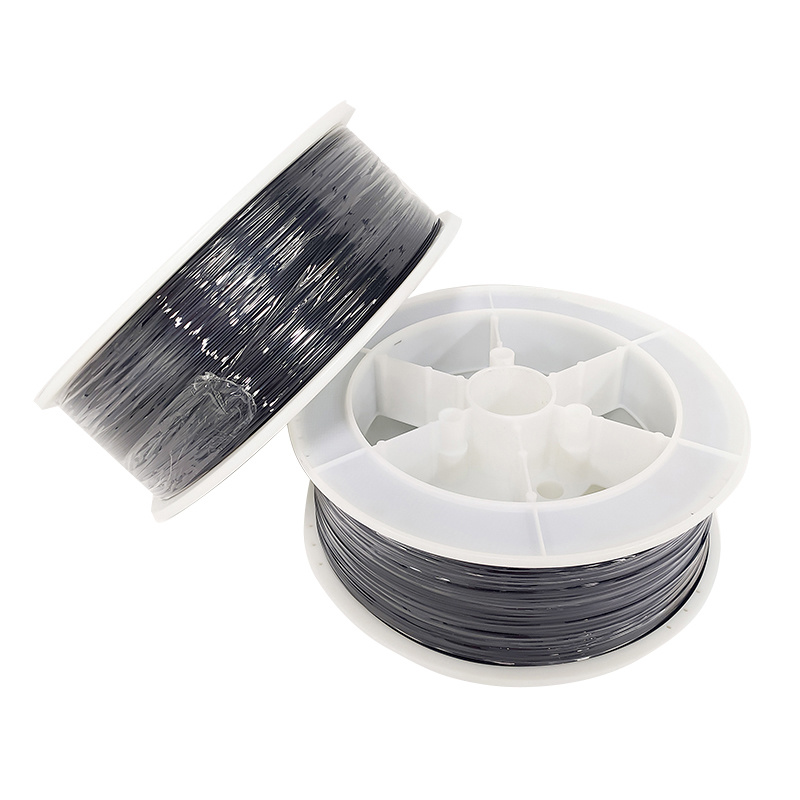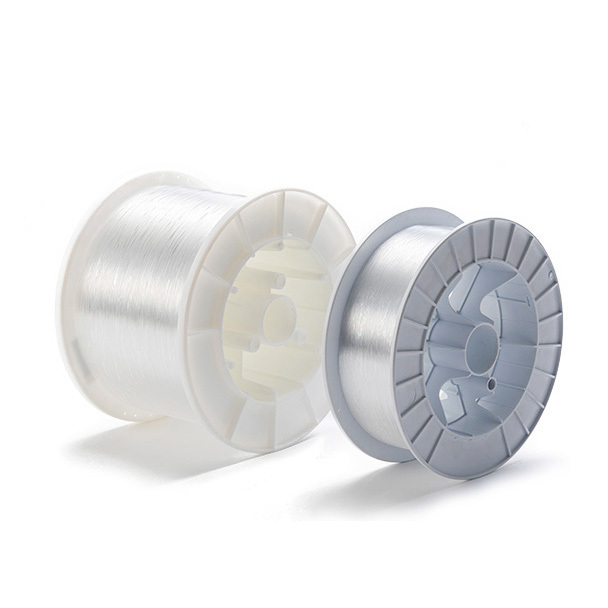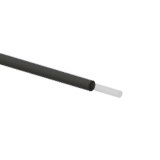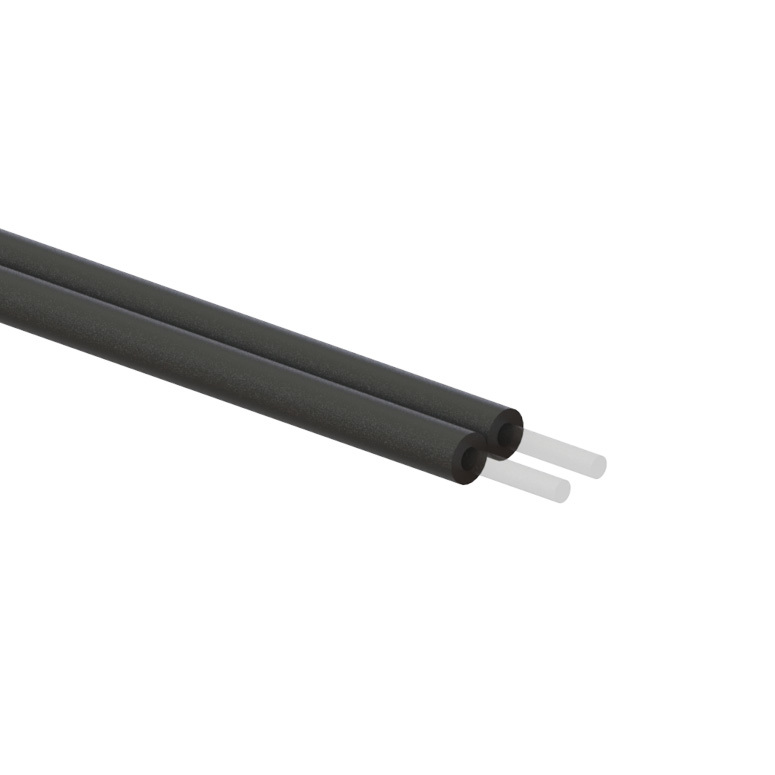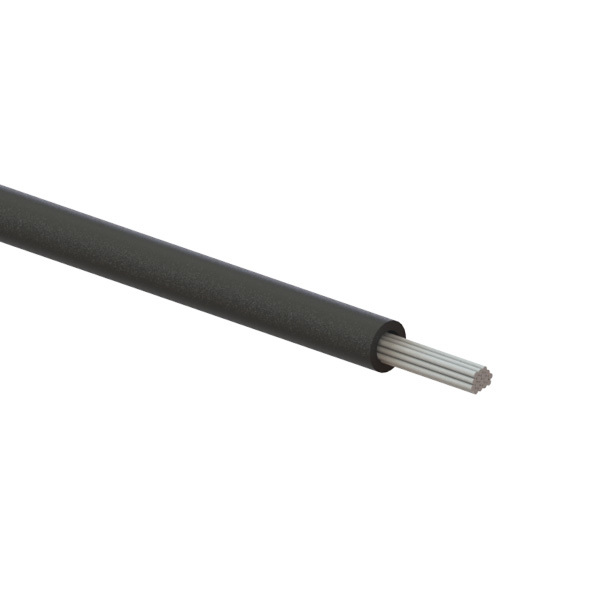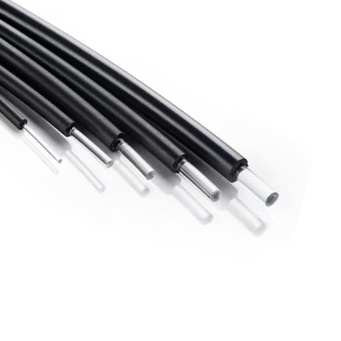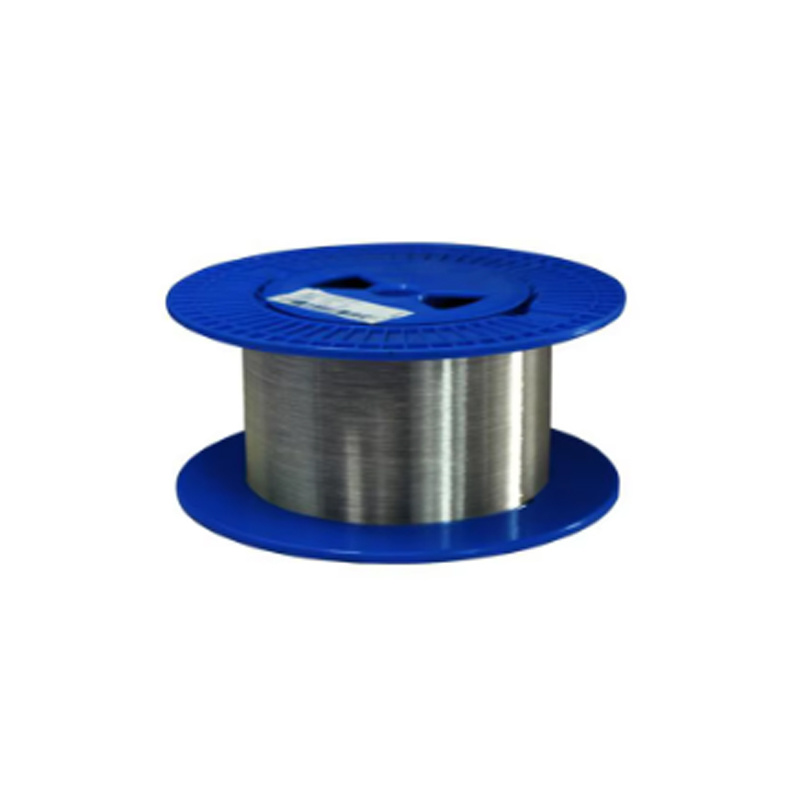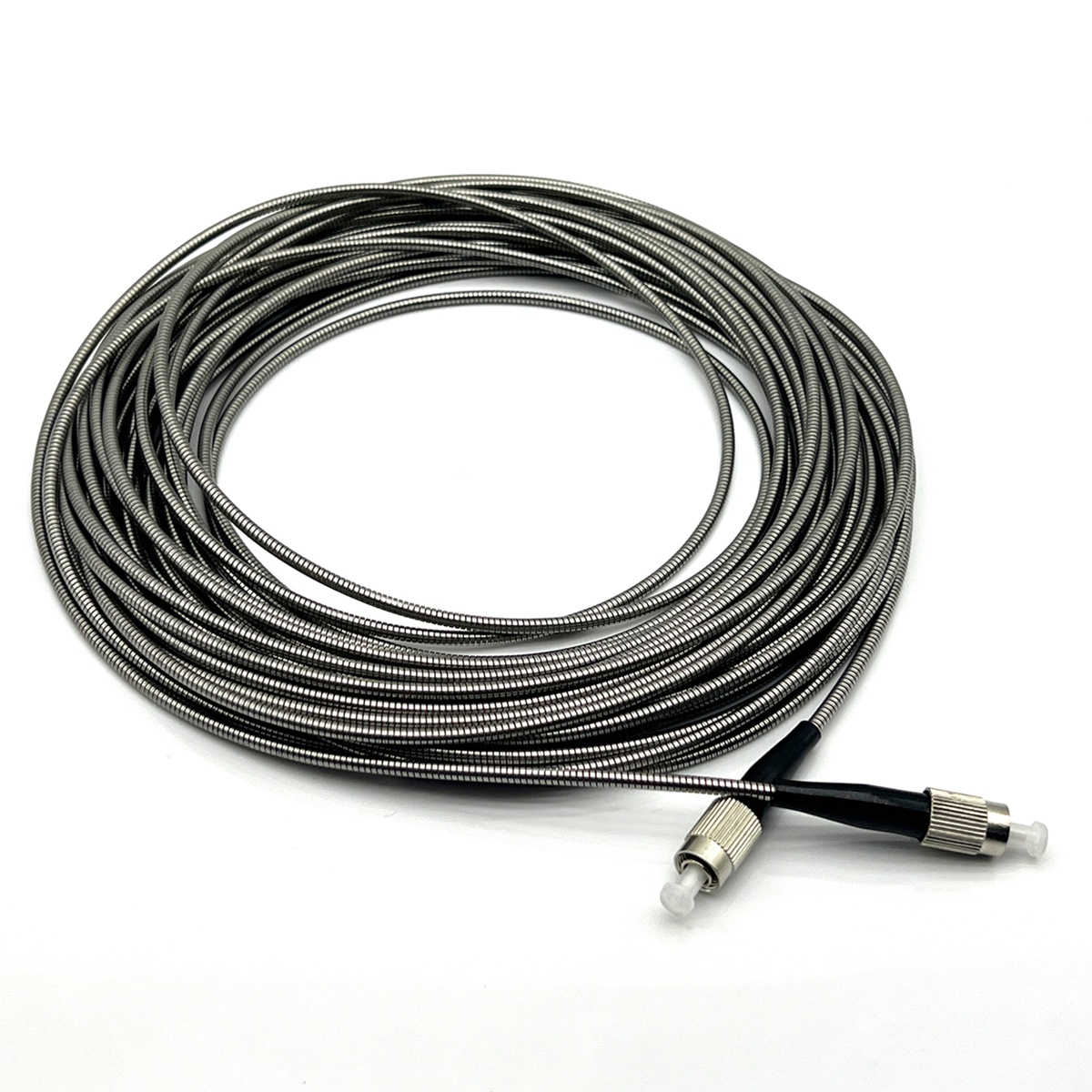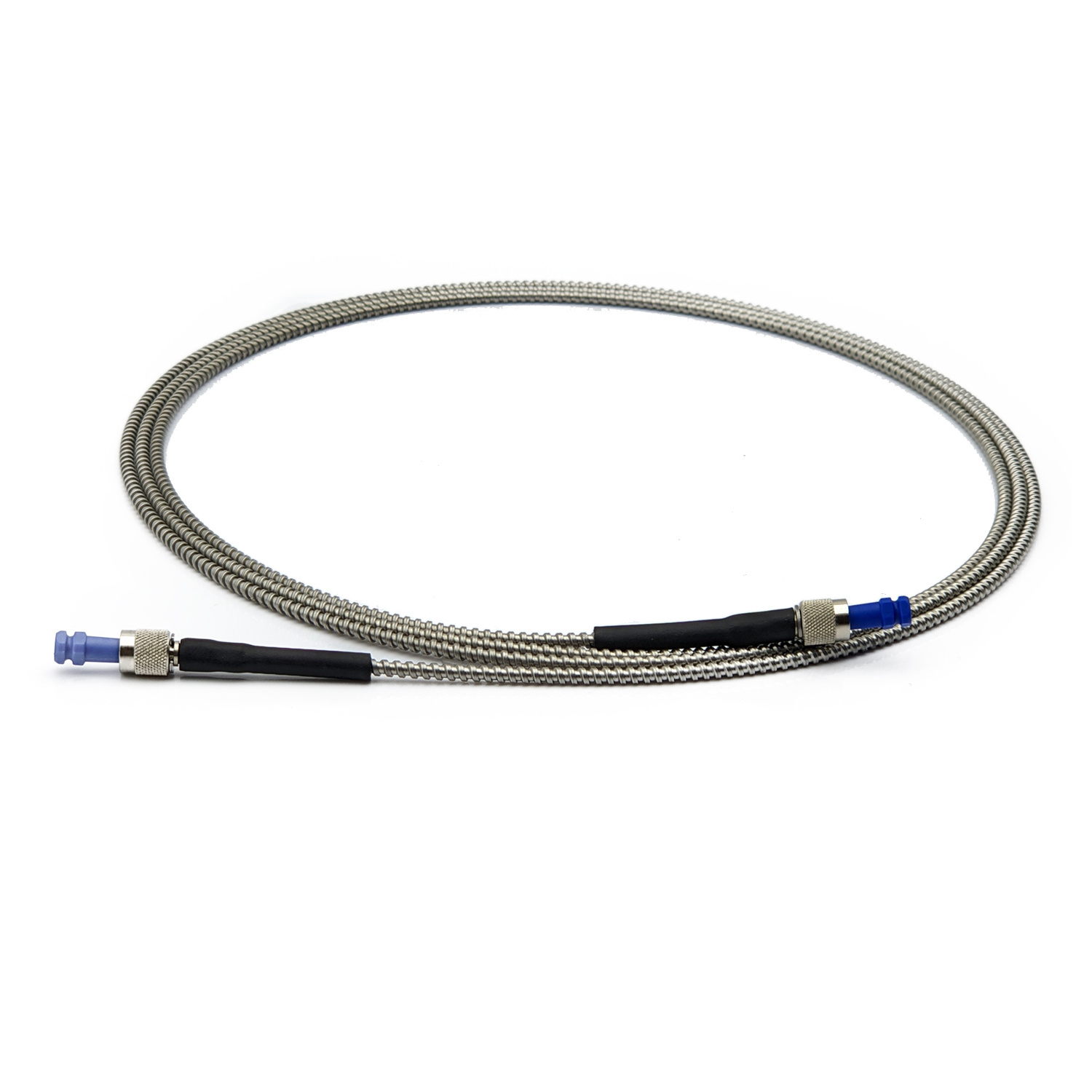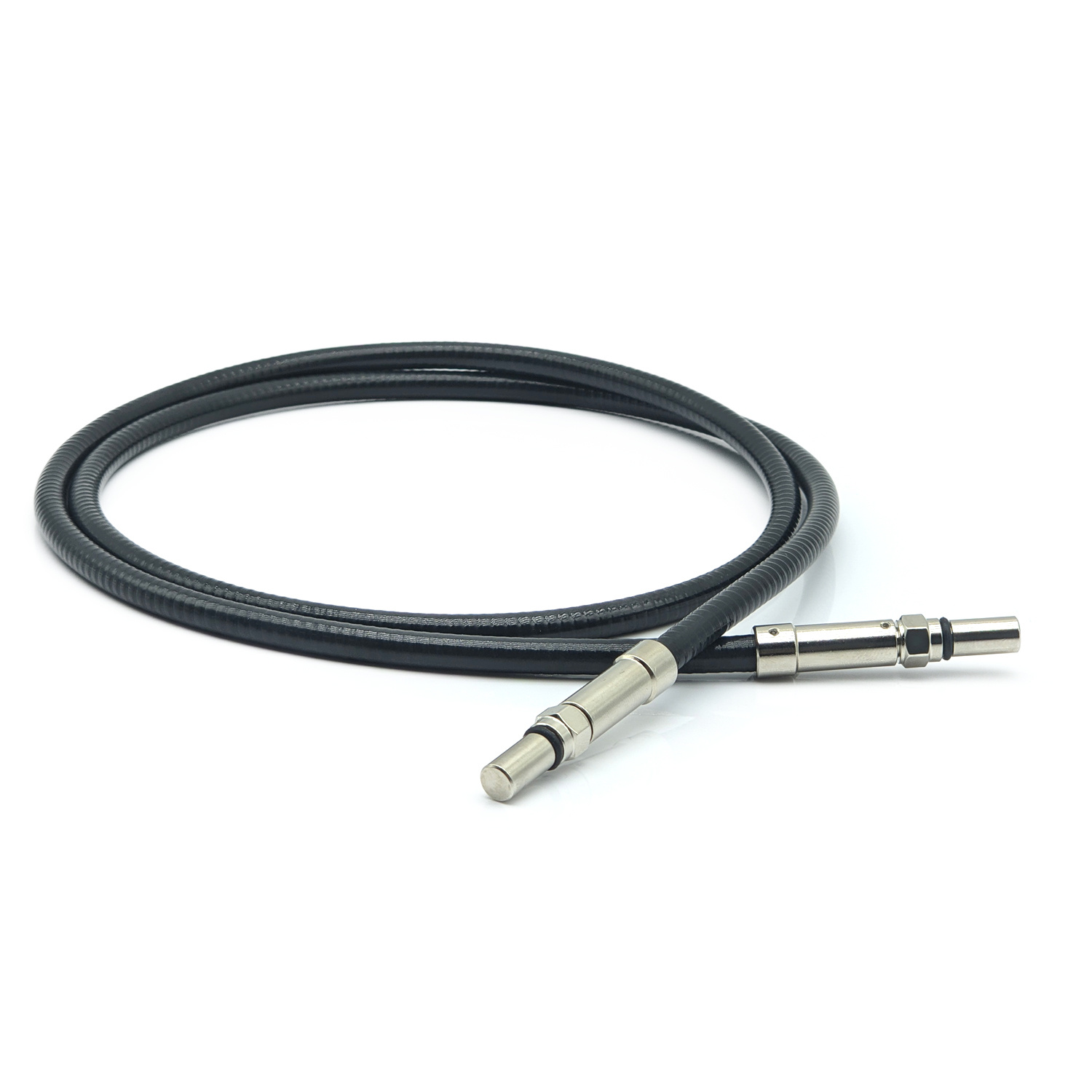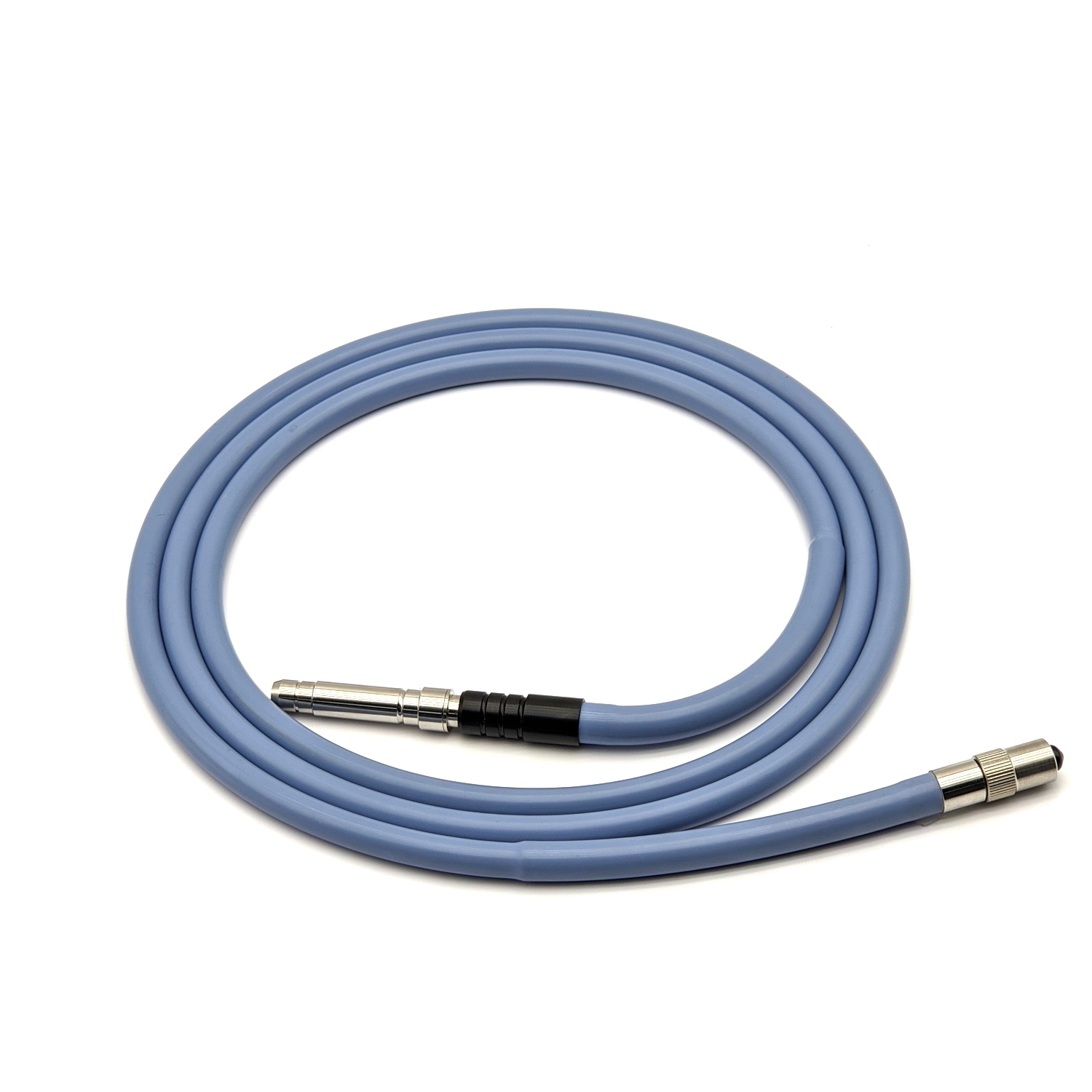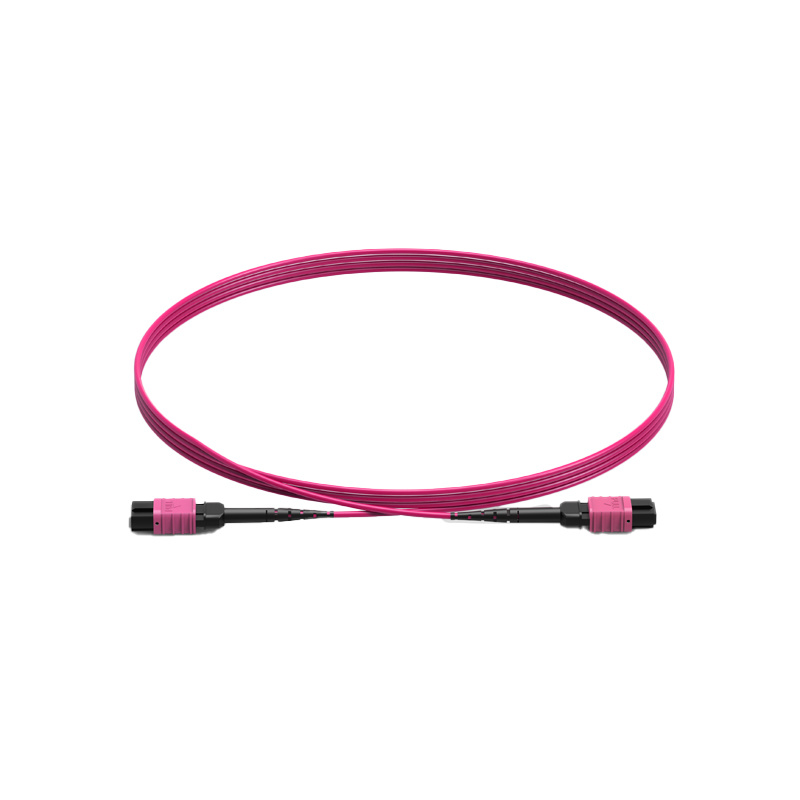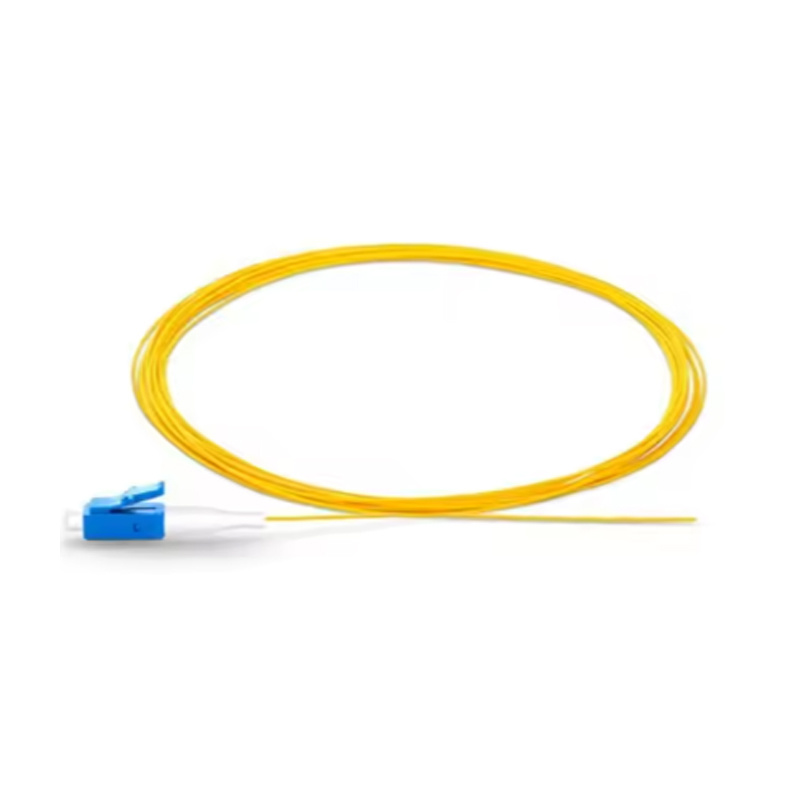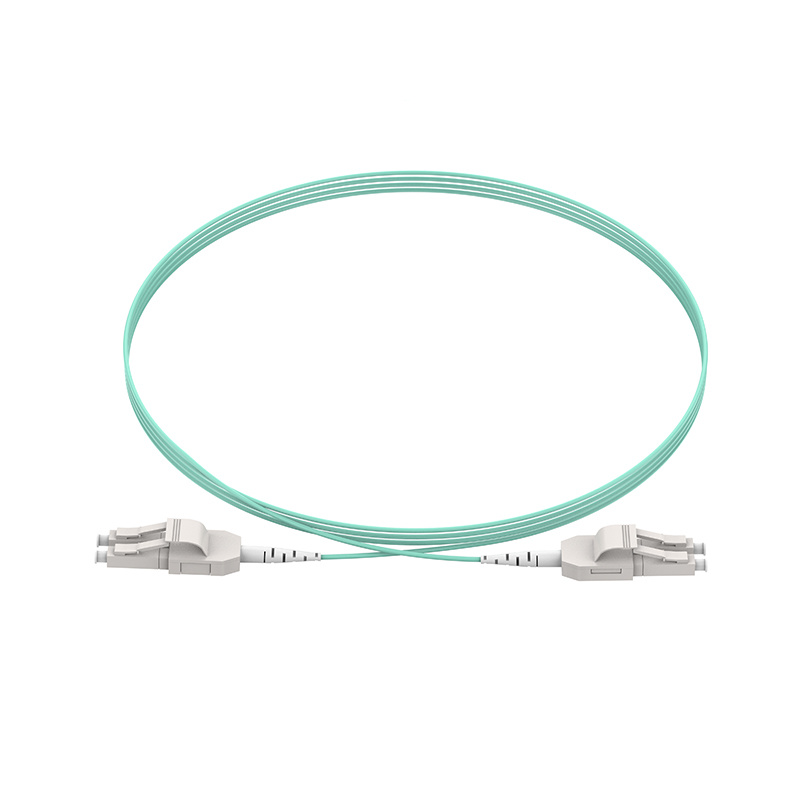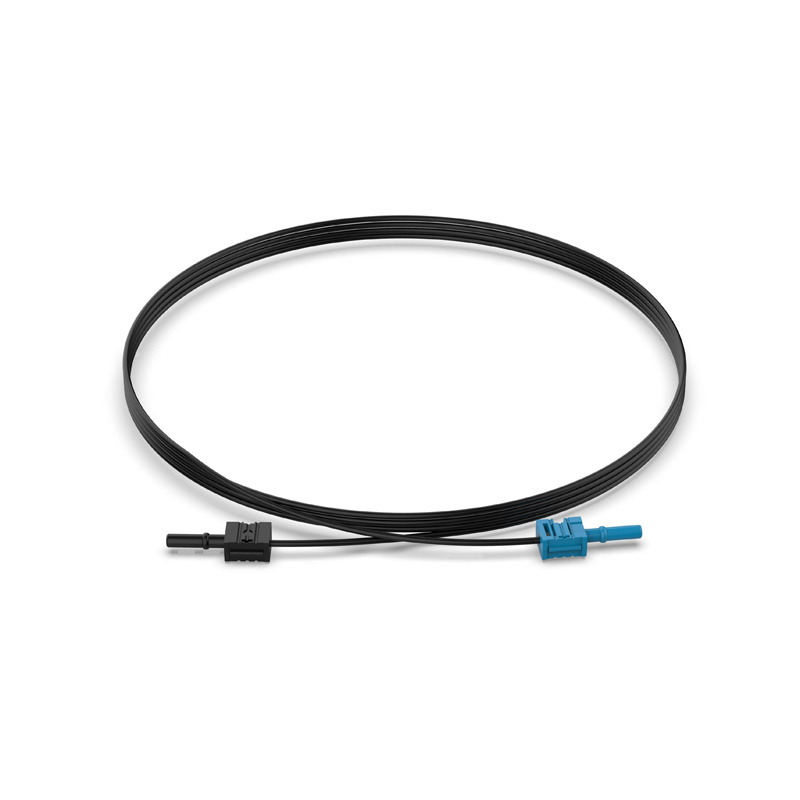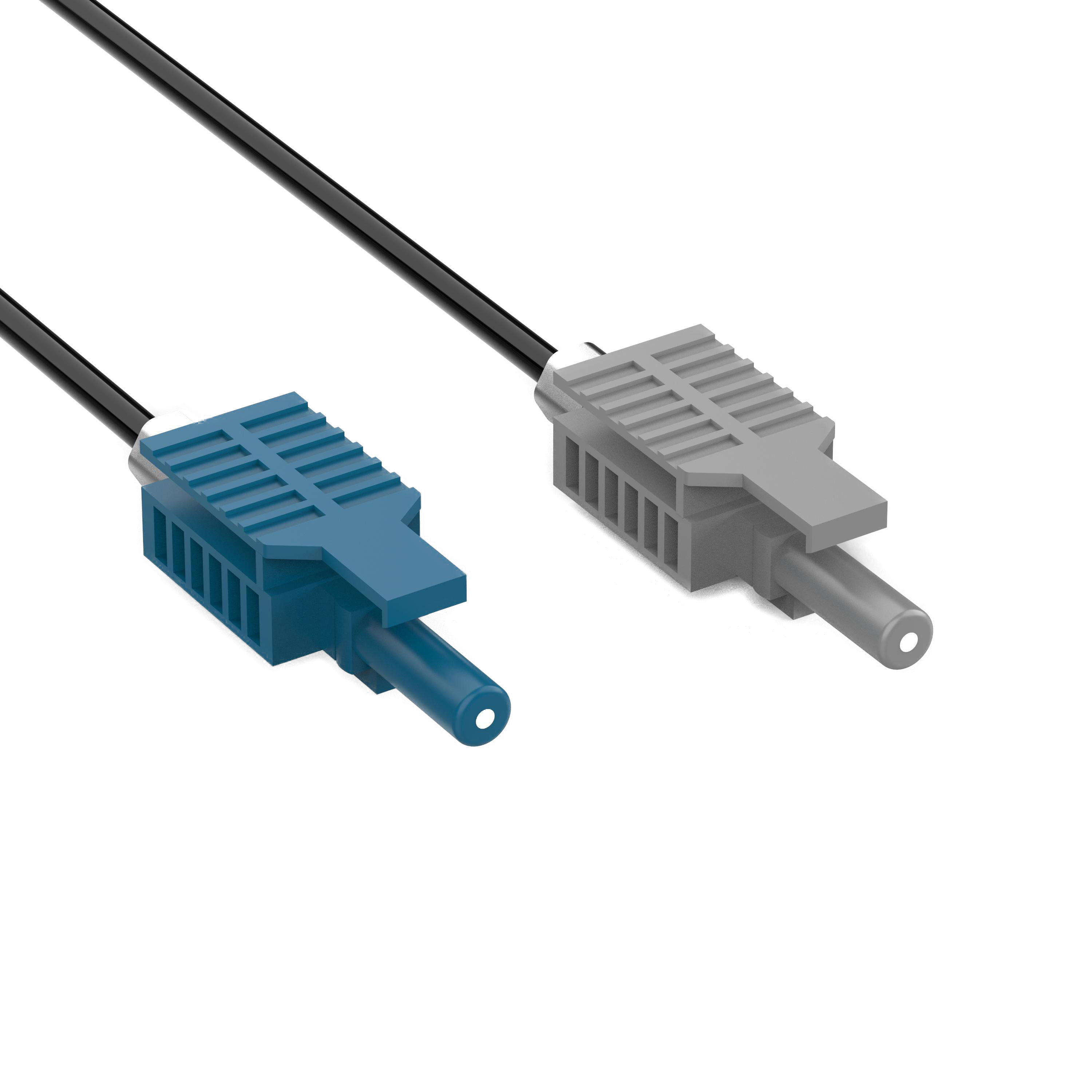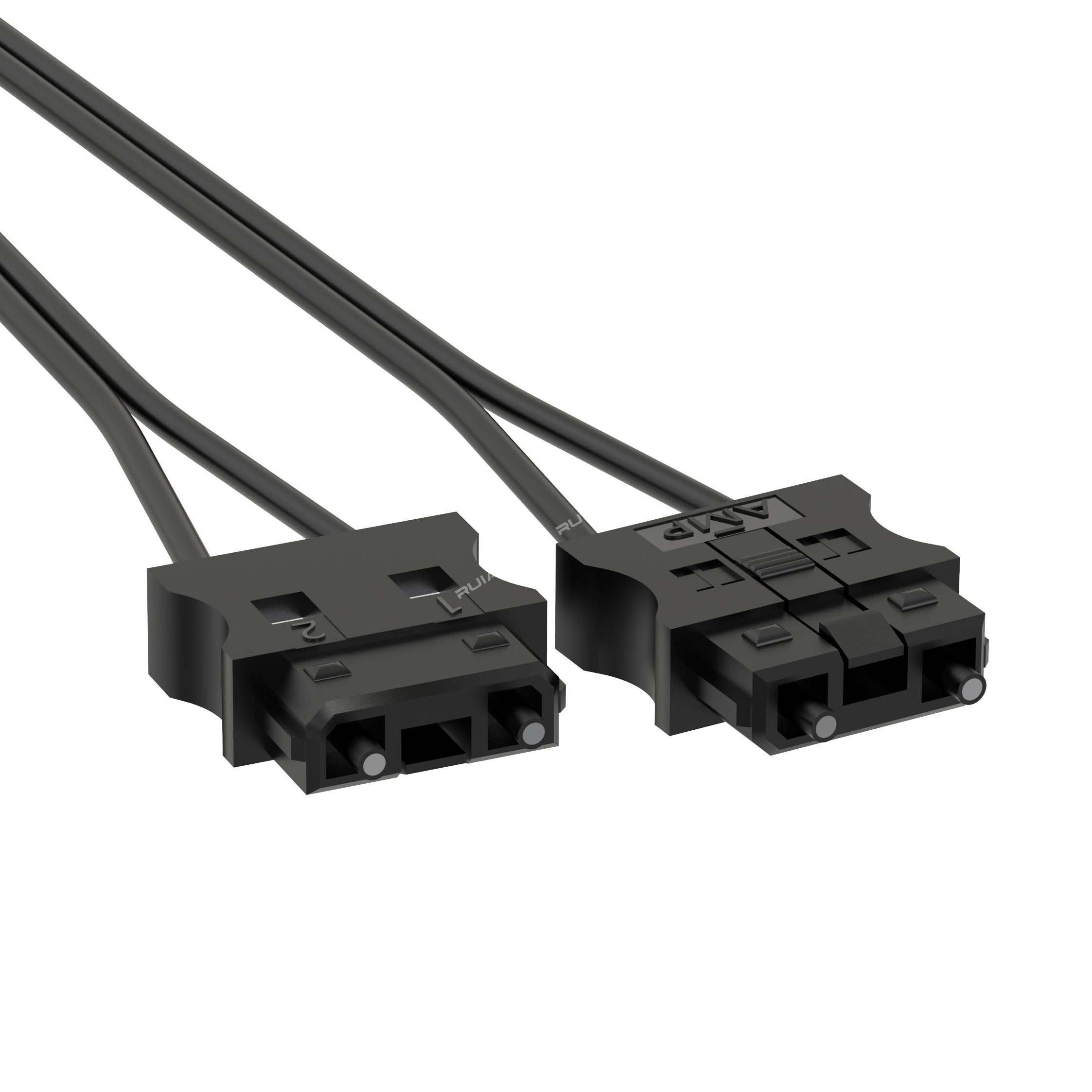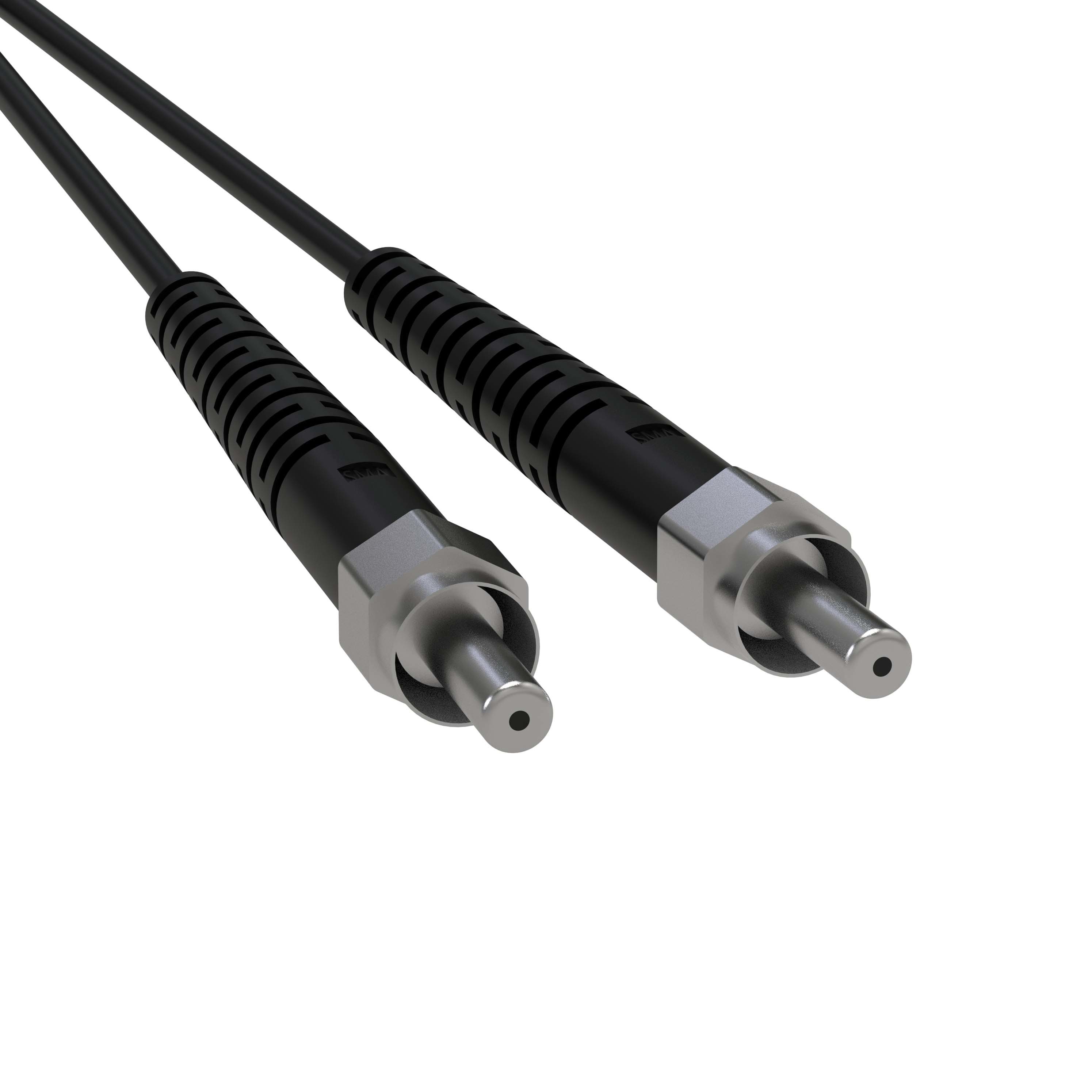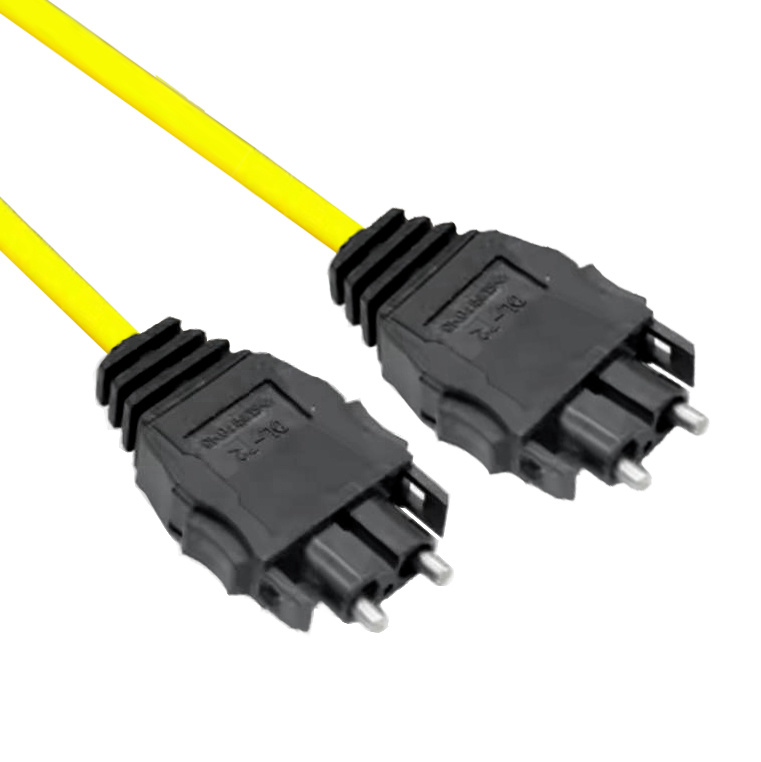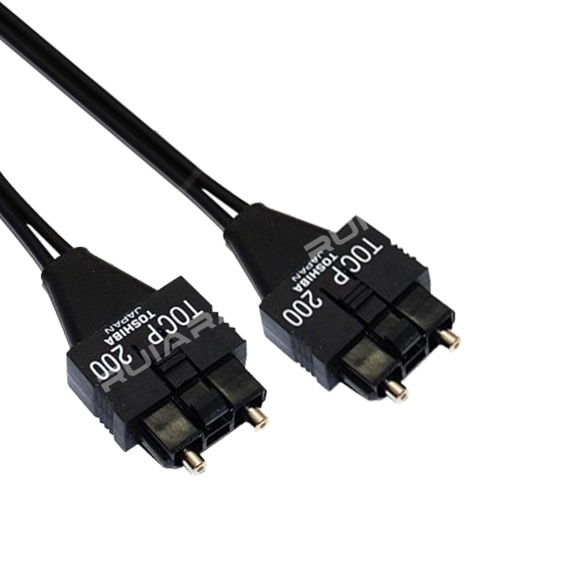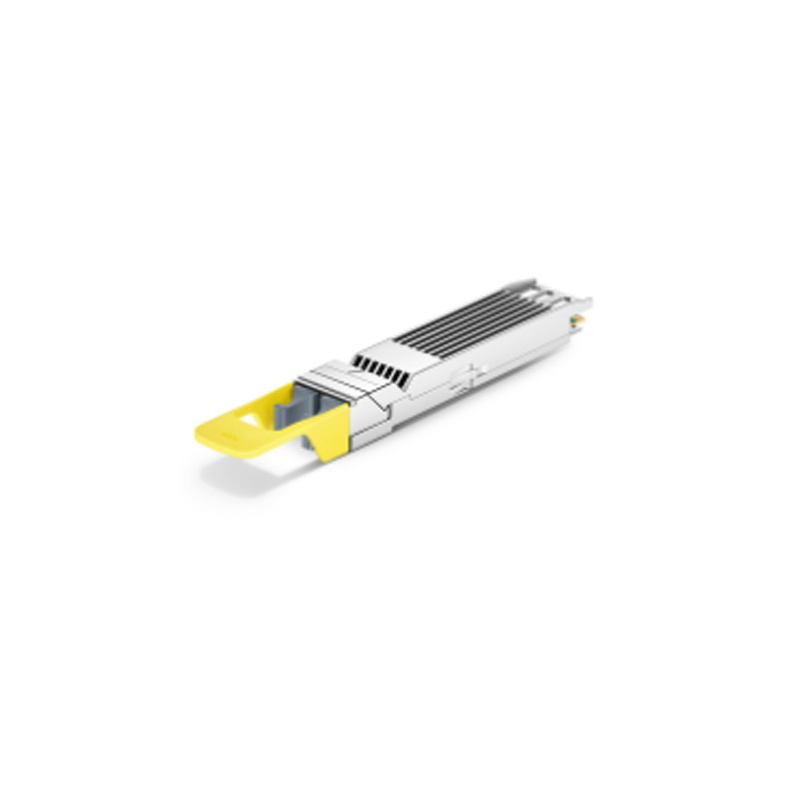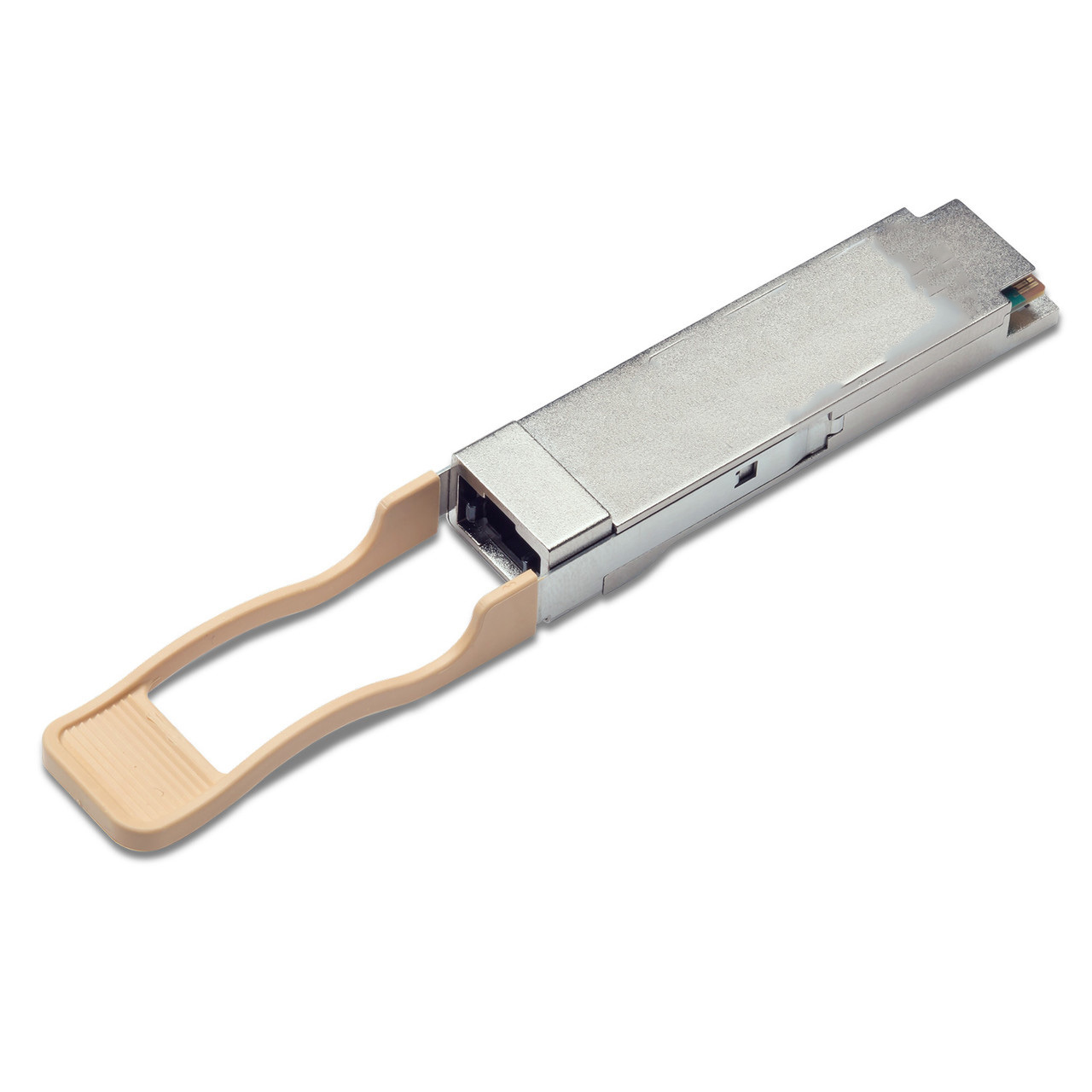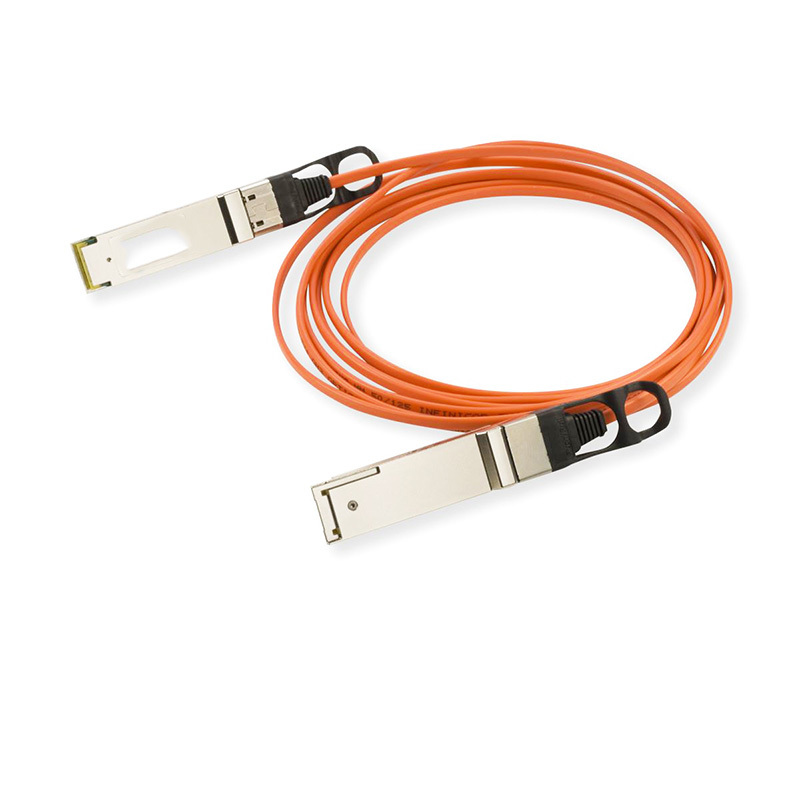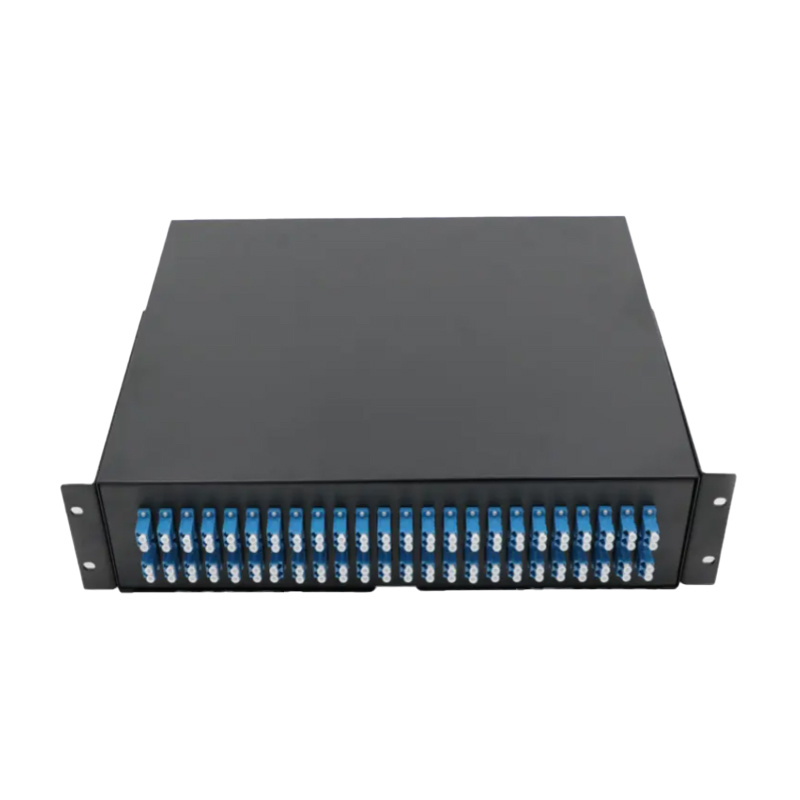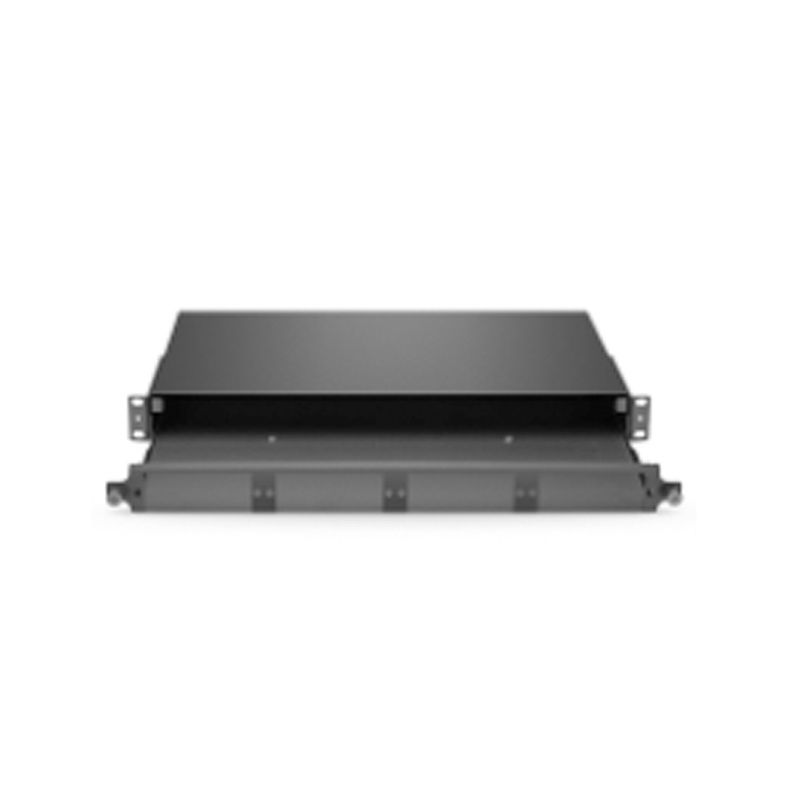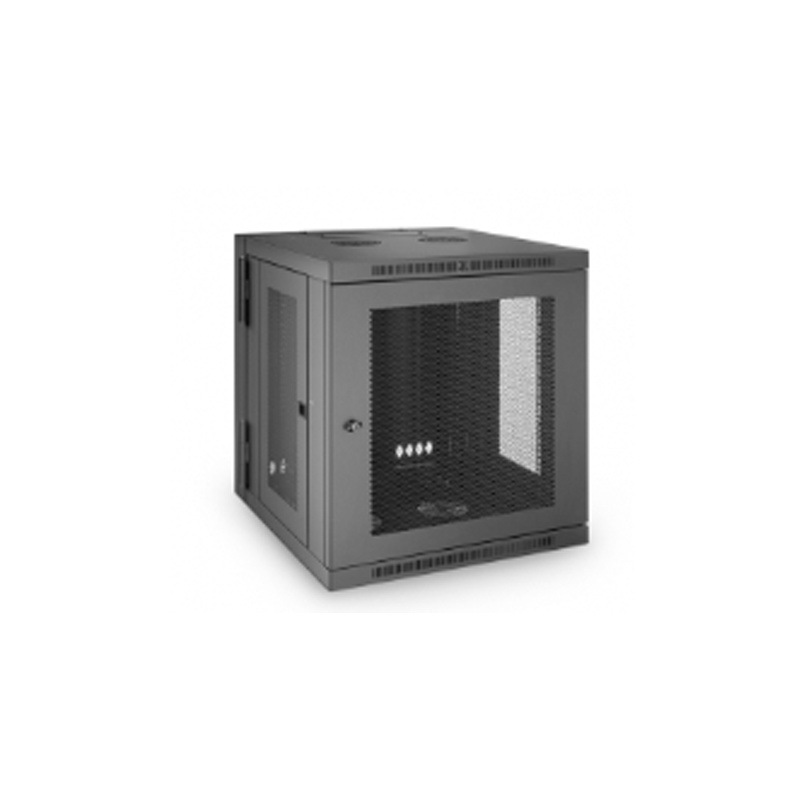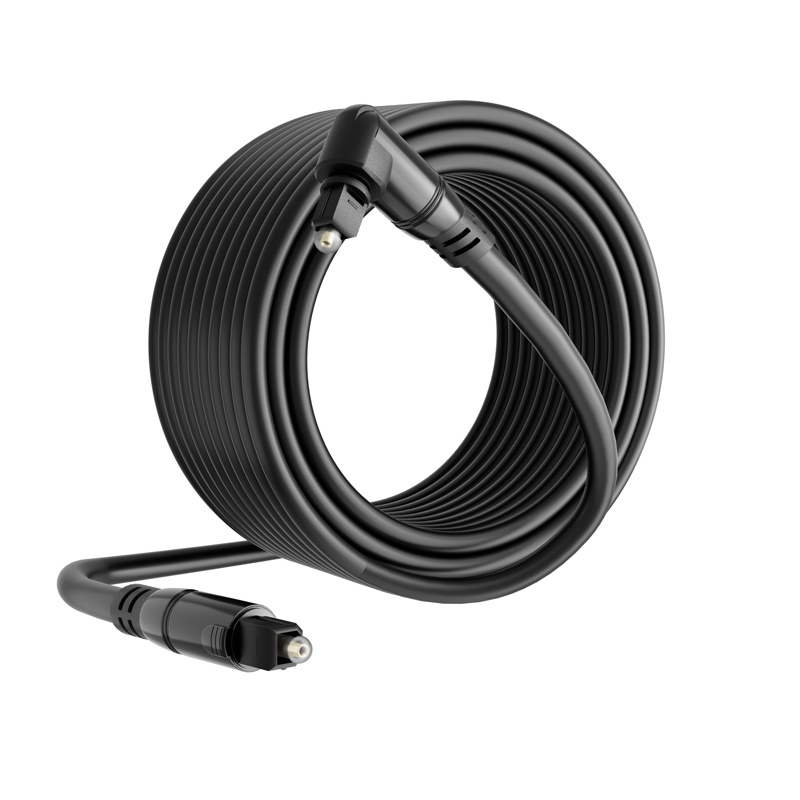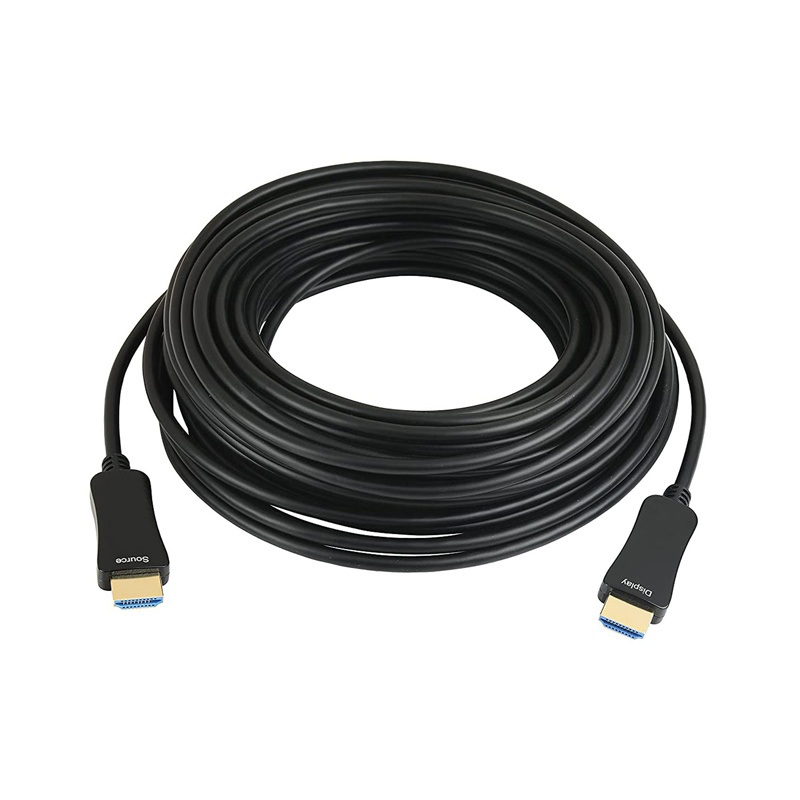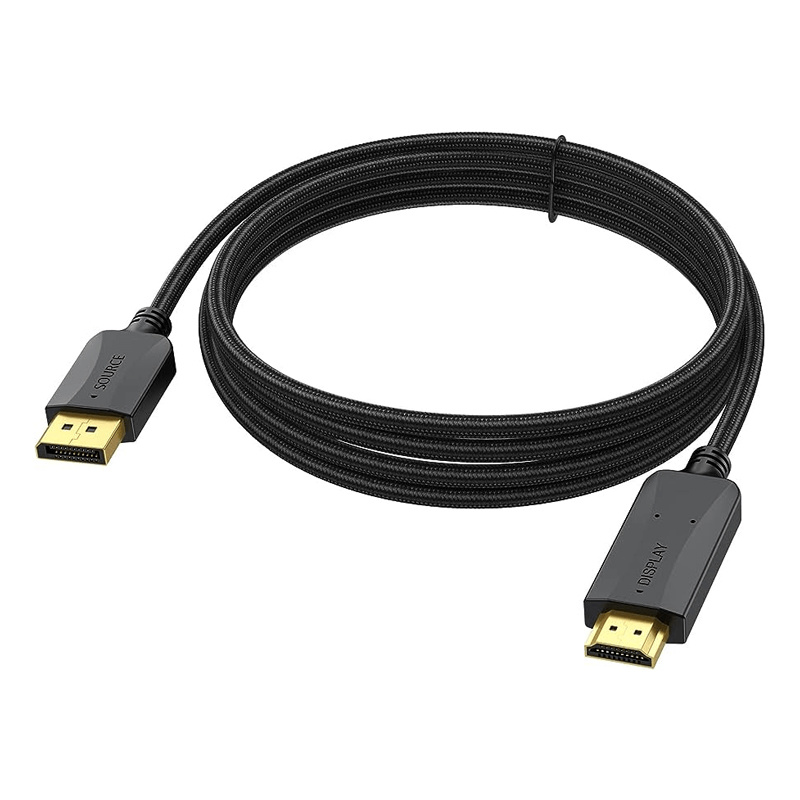Exploring the Benefits of MTP Connector Fiber in Modern Networking
Exploring the Benefits of MTP Connector Fiber in Modern Networking Table of Contents 1. Introduction to MTP Connectors 2. Understanding MTP Connector Technology 3. Key Benefits of MTP Connector Fiber 3.1 High Density and Compact Design 3.2 Enhanced Performance and Speed 3.3 Cost-Effectiveness and Scalability 3.4 Flexibility and Customization 4. Applicatio
2025-07
Exploring the Benefits of MTP Connector Fiber in Modern Networking
Table of Contents
- 1. Introduction to MTP Connectors
- 2. Understanding MTP Connector Technology
- 3. Key Benefits of MTP Connector Fiber
- 3.1 High Density and Compact Design
- 3.2 Enhanced Performance and Speed
- 3.3 Cost-Effectiveness and Scalability
- 3.4 Flexibility and Customization
- 4. Applications of MTP Connectors in Networking
- 5. Installation and Maintenance of MTP Connectors
- 6. Comparing MTP Connectors with Other Fiber Options
- 7. Future Trends in MTP Connector Technology
- 8. Conclusion
- 9. Frequently Asked Questions (FAQs)
1. Introduction to MTP Connectors
In an era where connectivity is crucial, the demand for efficient and high-performance networking solutions has skyrocketed. **MTP (Multi-fiber Termination Push-on) connectors** have emerged as a game-changing technology in the realm of **fiber optics**. These connectors are designed to provide high-density solutions for data centers, enterprises, and telecommunication networks, facilitating the seamless transmission of data.
MTP connectors stand out due to their ability to connect multiple fibers with a single interface, significantly reducing installation time and complexity. This article will explore the numerous benefits that MTP connector fiber brings to modern networking, offering insights into its technology, applications, installation procedures, and future trends.
2. Understanding MTP Connector Technology
The MTP connector is a type of **fiber optic connector** that is designed to terminate multiple fibers in a single interface. Developed by **MPO (Multi-fiber Push-On)** technology, MTP connectors offer high-performance characteristics, often utilized in high-density applications.
**Key Features of MTP Connectors:**
- **High Fiber Count:** MTP connectors can terminate up to 24 fibers in a single connection, making them ideal for environments where space is a concern.
- **Improved Alignment:** The MTP connector design includes a robust alignment mechanism that enhances performance by minimizing insertion loss and return loss.
- **Durability:** Crafted with high-quality materials, MTP connectors ensure longevity and maintain performance even in challenging environments.
Understanding these features is critical for leveraging the full potential of MTP connector fiber in networking solutions.
3. Key Benefits of MTP Connector Fiber
MTP connectors provide a plethora of advantages for modern networking, making them an indispensable component in today’s technological infrastructure.
3.1 High Density and Compact Design
One of the most notable benefits of MTP connectors is their **high-density design**. In data centers, where physical space is at a premium, MTP connectors allow for a significant reduction in the number of required patch panels and cabling. This compact arrangement not only saves space but also simplifies management and organization within the network, leading to more efficient operations.
3.2 Enhanced Performance and Speed
MTP connectors support high-speed data transmission, making them ideal for applications requiring large bandwidth. With the ability to handle data rates up to 400 Gbps, MTP connector fiber helps organizations future-proof their networks. The low insertion and return loss associated with MTP connectors ensures minimal signal degradation, delivering consistent and reliable performance for critical applications.
3.3 Cost-Effectiveness and Scalability
Implementing MTP connector technology is not only beneficial for performance but also for the bottom line. The use of MTP connectors reduces the need for extensive cabling infrastructure, lowering installation costs. Furthermore, the scalability of MTP systems allows businesses to expand their networking capabilities without extensive overhauls, making it a cost-effective solution for growing enterprises.
3.4 Flexibility and Customization
MTP connectors offer unparalleled flexibility in network design. They are compatible with various cabling types, including single-mode and multi-mode fibers. Additionally, MTP connectors can be customized to meet specific project requirements, providing organizations with the ability to adapt their networks to evolving needs.
4. Applications of MTP Connectors in Networking
MTP connectors find applications across various sectors, enhancing networking capabilities in diverse environments:
- **Data Centers:** MTP connectors are widely used in data centers for high-density applications, optimizing space while providing high-speed connectivity.
- **Telecommunication Networks:** MTP technology supports the backbone of telecommunication networks, facilitating efficient data transfer between nodes.
- **Enterprise Networks:** Businesses leverage MTP connectors to expand and enhance their internal networks, allowing for quick upgrades and modifications.
Each of these applications benefits from the unique features of MTP connectors, providing enhanced performance and reliability.
5. Installation and Maintenance of MTP Connectors
Proper installation and maintenance of MTP connectors are crucial for maximizing their benefits. Here are some key considerations:
- **Installation Guidelines:** Following manufacturer guidelines for installation is essential to ensure optimal performance. This includes using appropriate tools and techniques for terminating fibers and ensuring correct alignment.
- **Regular Maintenance:** Routine inspections and cleaning of connectors help prevent signal degradation caused by dust and contaminants. Implementing a maintenance schedule ensures longevity and performance consistency.
By adhering to these practices, organizations can ensure their MTP connectors deliver peak performance throughout their operational lifespan.
6. Comparing MTP Connectors with Other Fiber Options
When considering fiber connect options, MTP connectors often outperform traditional connectors like SC, LC, and ST in multiple aspects.
- **Density:** MTP connectors support a higher fiber count in a smaller form factor compared to SC and LC connectors.
- **Speed:** While traditional connectors may suffice for standard applications, MTP connectors excel in environments requiring high-speed data transmission.
- **Ease of Use:** The plug-and-play design of MTP connectors streamlines installation processes compared to other connection types, which may require more complex setups.
Understanding these differences allows organizations to make informed decisions about their networking infrastructure.
7. Future Trends in MTP Connector Technology
The evolution of MTP connector technology is ongoing, with various trends shaping its future:
- **Increased Fiber Counts:** As data demands rise, manufacturers are exploring designs that can accommodate even higher fiber counts, enhancing the capabilities of MTP connectors.
- **Integration with Emerging Technologies:** MTP connectors are increasingly being integrated with technologies such as 5G and IoT, driving advancements in connectivity solutions.
- **Sustainability Initiatives:** With a growing emphasis on sustainability, manufacturers are focusing on eco-friendly materials and production processes for MTP connectors, aligning with global environmental goals.
These trends indicate that MTP connectors will continue to play a vital role in shaping the future of networking technology.
8. Conclusion
MTP connector fiber technology represents a significant advancement in modern networking. Its high-density design, enhanced performance, cost-effectiveness, and flexibility make it an ideal choice for organizations looking to optimize their network infrastructure. As data demands continue to grow, leveraging MTP connectors will enable businesses to remain competitive and efficient in an increasingly digital world.
Investing in MTP technology is not merely a choice; it is a necessity for organizations that seek to stay ahead of the curve in networking performance and reliability.
9. Frequently Asked Questions (FAQs)
1. What is the primary advantage of using MTP connectors?
The primary advantage of MTP connectors is their ability to support high-density fiber connections, allowing for greater data transmission capabilities in smaller spaces.
2. How do MTP connectors compare to traditional connectors?
MTP connectors outperform traditional connectors in terms of fiber count, speed, and ease of installation, making them more suitable for high-performance applications.
3. Can MTP connectors be customized for specific applications?
Yes, MTP connectors can be customized to meet specific project requirements, providing flexibility in network design.
4. What maintenance practices are recommended for MTP connectors?
Regular inspections and cleaning are recommended to ensure optimal performance and longevity of MTP connectors.
5. How do I know if MTP connectors are right for my network?
If your network requires high-speed data transmission and operates in space-constrained environments, MTP connectors are likely an excellent fit for your needs.
This article aims to provide an exhaustive overview of the benefits of MTP connector fiber in modern networking, ensuring that readers gain insightful knowledge and actionable information to enhance their network infrastructures.
PREVIOUS:
Related News
IEAE Vietnam(Date: November,2023&May,2024)
IEAE Exhibition in Ho Chi Minh, Vietnam, the booth No.: A.L05
IEAE Exhibition in Russia(Date: August,2024)
IEAE Exhibition in St. Petersburg,Russia, the booth No.: F.B15

